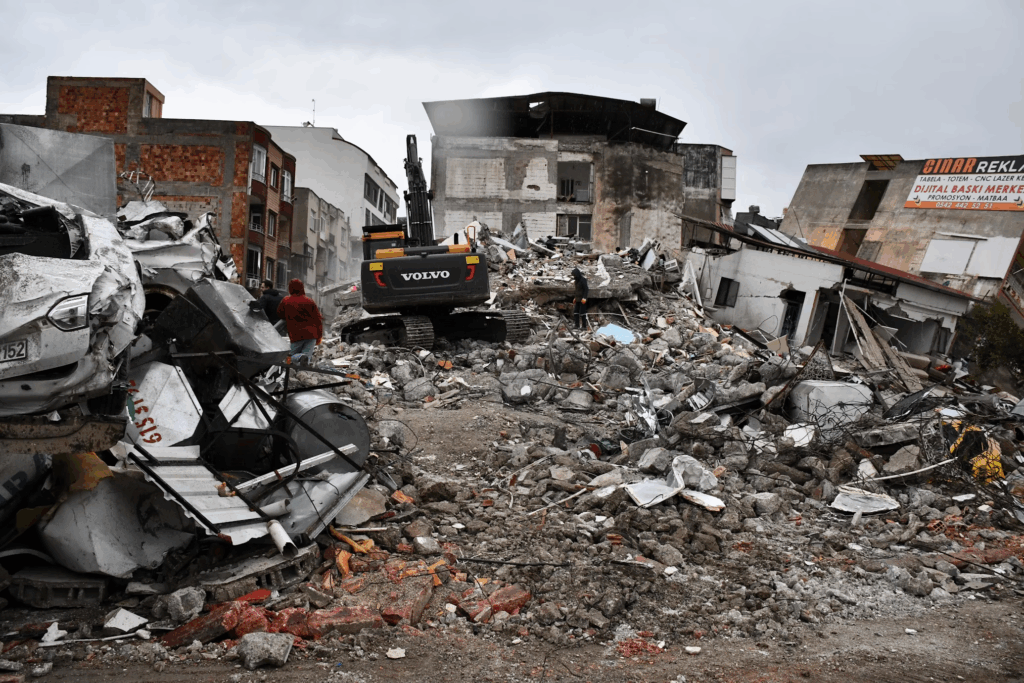A Nation on Edge: As Japan Braces for a Nankai Megaquake, Science, Suspicion, and Social Panic Collide
What began as quiet unease is rapidly boiling over into something far more volatile—a national anxiety rooted in science, history, and a rising tide of online speculation. In Japan, whispers of impending catastrophe are growing louder, echoing through social media, press conferences, and even pop culture. And it’s not just the usual fearmongering. This time, the numbers are real—and they’re terrifying.

At the center of this looming storm is the Nankai Trough, a 500-mile-long underwater fault line off Japan’s Pacific coast. A government panel has now increased the probability of a “megaquake” striking this region within the next few decades to 82%, up from 75%—a statistically chilling figure for a country all too familiar with nature’s wrath.
But it’s not just the risk itself that’s rattling nerves. It’s the timing.
A Date That Haunts
July 5th, 2025. It’s a date that, until recently, existed only in the pages of a relatively obscure 2021 manga series. But now, it’s trending across platforms in Japan and beyond, spurred by uncanny parallels between the fictional prediction and today’s grim scientific outlook.
The manga—which has resurfaced in online forums and TikTok breakdowns—depicts a devastating earthquake striking Japan on that very date. Add to this the quiet move by some airlines, including Greater Bay Airlines, to reduce flights into Japan amid falling travel demand, and you’ve got the makings of a full-blown public crisis in confidence.
Scientific Certainty Meets Unpredictable Reality
Despite the viral doomsday theories, scientists remain clear on one thing: they cannot predict the exact timing of earthquakes. Ryoichi Nomura, director of the Japan Meteorological Agency (JMA), reiterated in May that no technology exists—yet—that can forecast when or where a quake will strike.
Still, the numbers are sobering. A March 2025 projection estimates that a full-scale Nankai quake and tsunami could kill up to 298,000 people and cause economic losses near $2 trillion. That’s nearly double the human and financial toll of the 2011 Tōhoku disaster, which claimed over 15,000 lives and triggered the Fukushima nuclear crisis.
Unlike the 2011 quake, which struck offshore and affected Japan’s northeast, the Nankai scenario threatens densely populated regions including Osaka, Nagoya, and parts of Tokyo. The difference? This time, the country has warning—just not precision.
A Preparedness Gap Exposed
After introducing an ambitious disaster mitigation plan in 2014, Japan’s Central Disaster Management Council aimed to cut the projected death toll by 80%. But a recent update, reported by Kyodo News, found that current efforts would only reduce fatalities by about 20%—a staggering shortfall, given the resources invested over the past decade.
The updated plan now emphasizes speed: building more shelters, reinforcing coastal defenses, and conducting more frequent emergency drills. Prime Minister Shigeru Ishiba has urged all sectors—government, private industry, nonprofits—to act “as if the quake were happening tomorrow.”
Yet for many, that urgency feels delayed. “We’ve had warning signs for years,” said one Kyoto-based disaster specialist. “The real question is: why haven’t we done more?”
Panic vs. Preparedness
Compounding fears are changes in travel behavior. Data shows an 11.2% drop in visitors from Hong Kong this May compared to last year, according to Japan’s National Tourism Organization. Meanwhile, inbound travelers from China and South Korea rose sharply. The skew suggests fear isn’t universal—but it’s concentrated in regions where quake rumors have taken deepest root.
Tourism officials say they’re fighting both misinformation and the psychological impact of repeated alerts—like the JMA’s short-lived 2024 warning, which was retracted just days after being issued. “It’s a credibility problem,” says a local tourism board member. “People remember the alert, not the retraction.”
Echoes of the Past, Shadows of the Future
The geological reality is hard to ignore. The Nankai region has experienced massive quakes roughly every 100 to 200 years. The last one struck in 1946. And while that quake was devastating, population growth and urbanization since then have dramatically increased the stakes.
Japan is no stranger to disaster—but this feels different. Not because the science is new, but because public trust is strained, timelines are vague, and the consequences—should the worst-case scenario materialize—are nearly unimaginable.
Conclusion: A Nation at a Crossroads
Japan stands not only at the edge of a tectonic fault—but also at a tipping point between vigilance and fear. The threat of a Nankai megaquake is not some distant possibility—it’s an increasingly probable crisis that demands both public resilience and government transparency.
Whether or not July 5th brings catastrophe, one truth remains: this isn’t just about predictions—it’s about preparedness. The clock is ticking. And while no one knows exactly when the earth will move, what happens before it does may determine how many lives are saved when it finally does.
